In my last blog piece, I wrote about preparing for the most recent women’s retreat I led, Nourishing the Feminine Spirit, and the Ten Steps for Creative Sacred Space.
During this particular retreat, there was a lot of emotional weight felt by all the women present. A good friend of the group had recently had a serious accident, leaving her in critical condition, and unable to join our retreat. We began our weekend with a good deal of sadness and powerlessness around her situation, and it weighed heavily on us as we gathered together for our first evening session.
Many of us, including myself, had imagined a very different beginning to this special weekend, especially knowing this was only a once a year event for this group. But retreats do not occur in a vacuum, they are a part of life. And life can hit us broadside sometimes, leaving us fragile and confused. We can arrive in life (or in prayer, meditation, or sacred space) depleted, disheartened, or just plain crappy.
So that weekend, as we opened our hearts and sent healing prayers to the dear friend who could not be with us, we also faced a challenge of finding a way to meet our own fears and sadness. We were face to face with step two of my Ten Steps for Creative Sacred Space: “Make a Clearing: Release and Transform Negativity.”
Seventeen years ago, on the Spring Equinox in 1994, I ventured bravely to Taos to participate in my first women’s retreat. I met a teacher to whom I am forever grateful: Joan Halifax. She is now Roshi of the Upaya Zen Center in Santa Fe, NM. That weekend, Joan’s teachings planted seeds in my being that have become central to my work, and who I am. She taught us Buddhist mindfulness meditation and sang us chants to the goddess. She embodied deep compassion for self and others. She led us onto the sacred earth, and showed us how healing begins.
One teaching of hers I will always remember was that of Tonglen: the Buddhist meditation practice of transforming negativity. Since that powerful weekend, I have learned Tonglen from other teachers as well, and I have integrated the practice more fully into my life, and into my work as a psychotherapist.
Tonglen works with breath in a way many of us are unaccustomed to. Often in meditation or guided visualization we are instructed to inhale the good stuff (love, peace, beauty, etc.) and exhale the toxic stuff (the things we want to get rid of). Tonglen works in the opposite way. Instead of pushing out negativity with our breath, in Tonglen we USE our breath to bring IN the ‘toxicity’ or negativity, and allow breath, full heart, and visualization to TRANSFORM the negativity into something positive, clear, light, and full of love. In other words, instead of externalizing change, our bodies and hearts become the space of the transformation. It’s a radical idea, and a very powerful one.
My short description here cannot do Tonglen justice, so I would like to share with you this recent video with Joan Halifax, teaching and leading Tonglen meditation. Please take a few minutes (about 15) to enjoy this. It is a practice you will never regret learning.
This summer, I gave Joan’s gift of Tonglen back again, to the 22 women at the Nourishing the Feminine Spirit retreat. Slowly, and with great love and intention, we had the space and time to allow the fear, sadness, and fatigue we experienced transform into love, healing, and clarity.
It was a gift that made every moment that followed, in all its richness and depth, possible.







